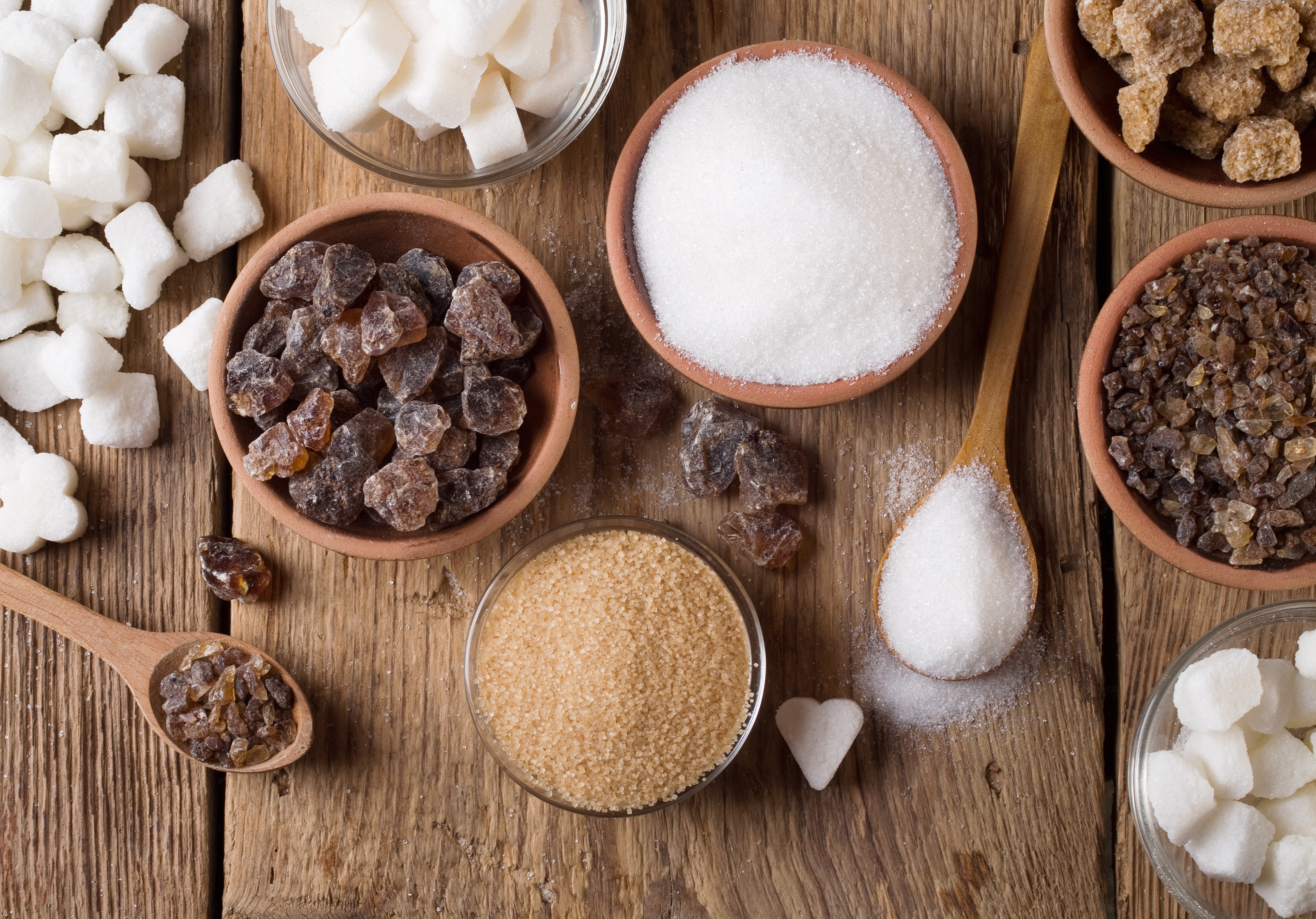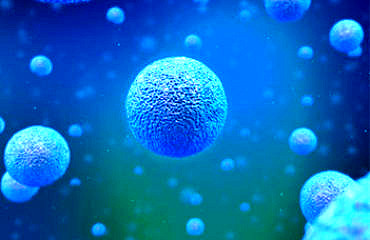Why is Sugar Bad for You?

What are the sources of sugar? What are the alternatives for sugar? How does sugar actually impact the body? If you can understand why sugar is bad for you, then it will be easier to work toward reducing your sugar intake, which in turn can help you reduce your chronic symptoms and encourage weight loss.
Americans are addicted to sugar
Two hundred years ago, the average American ate only 2 pounds of sugar a year. In the 1970’s, we ate about 123 pounds of sugar per year and today we consume almost 152 in 1 year. This breaks down to approximately 6 cups of sugar in one week!
Not only does this addiction contribute to the high rates of sugar related conditions such as diabetes, but it can also lead to a suppressed immune system, behavioral disorders, high blood pressure, Alzheimer’s disease, headaches, certain types of cancer and non-alcoholic fatty liver disease.
Sugar and cellular inflammation
A majority of the symptoms and diseases we see today stem from chronic cellular inflammation. Let me give you a brief overview of how the approximately fifty trillion cells that comprise the human body function. Every one of our cells has a membrane comprised of a lipid bilayer (two walls of fat), and off these walls of fat are receptors. A normally functioning cellular membrane takes in the raw materials we eat, and our bodies break them down into usable elements. These receptors are responsible for drawing into the cell our vitamins, minerals, amino acids, and hormones like insulin.
Correlating receptors draw that raw material into the cells, and energy (ATP) is created in the mitochondria. That energy is converted into hormones, messages, and antioxidants before they are sent out of the cell to other cells. In the production of energy, toxins are also produced and released from the cell.
An inflamed cell is a congested cell. When this occurs, the receptors are blunted. The proper nutrients can’t get into the cell, and toxins can’t get out of the cell. This causes a number of problems with cellular function, and symptoms begin to occur in the body.
The cell then has two options:
- It will mutate or adapt to the new environment of toxicity or inflammation. This mutation is also known as cancer.
- It will die. Also referred to as cell apoptosis or premature aging.
When the cells die off at a rapid rate, the body begins to respond with conditions like headaches, brain fog, and fatigue to more serious illnesses, such as diabetes, hypertension, and other chronic symptoms and diseases that many men and women in our culture face today.
Excessive sugar intake is one of the major causes of cellular inflammation. With excessive sugar intake, the insulin receptor gets overworked and eventually dies. The cell can no longer hear insulin. That is what type 2 diabetes is—the body’s inability to hear insulin, not produce insulin. But in today’s medical treatment, medications are used to beat the pancreas into producing more insulin, when the problem is in the cell. High insulin levels drive inflammation further, eventually leading to heart disease and premature aging and will further the progression of diabetes. Insulin also makes it harder to lose weight because insulin is a fat-storing hormone. So, in order to get well, this vicious cycle has to stop.
Sugar also fights with other receptors, such as the receptors that take in vitamins and minerals and, therefore, acts as an anti-nutrient. This is why sugar plays such a huge role in many of the chronic diseases we see today.
Sugar and insulin resistance
Insulin’s job is to escort glucose to cells where it is made into energy. When this release of insulin is chronic, the cells become exhausted until they start refusing entry of insulin. In other words, the cells become resistant.
Clinically, insulin resistance presents as fatigue, weight gain (even on a low calorie diet), depression, constipation, male pattern baldness, acne and infertility. Symptoms include napping after every meal, nodding off with a high carbohydrate meal, being hungry all day, needing sugar after every meal, accumulating belly fat and insomnia.
Insulin resistance promotes testosterone production in women. Elevated testosterone in women leads to mustache, beard, male-pattern baldness. It also leads to polycystic ovarian syndrome (PCOS). PCOS is a common cause of infertility and irregular or lack of menstrual cycle, and is most prevalent in pre-menopausal women.
Insulin resistance affects every aspect of human physiology.
Sources of hidden sugar
You may be already aware of the processed sugars found in soft drinks, candies, cakes, pies and ice cream, but are you aware of the hidden sources of sugar?
Your food labels can help you identify these hidden sources of sugar. Anything ending in –ose is a sugar: dextrose, fructose, glucose, maltose, sucrose, and lactose.
Brown rice syrup, agave, cane juice, dehydrated cane juice, fruit juice concentrate, and raw sugar are label as natural sweeteners, but they can still play a role in your imbalanced blood sugar levels.
High fructose corn syrup is cheaper to produce than sugar made from beets or sugar cane. It is found in most soft drinks and many processed foods, such as energy drinks, baked goods, desserts and snack foods.
It is more harmful than white sugar, especially in children. It has been well established that HFCS is more fat-promoting and is linked to heart disease, high triglycerides and cholesterol, Type 2 Diabetes, non-alcoholic fatty liver and immune system dysfunction.
Artificial sweeteners are chemically processed. They trick the brain into thinking you have just consumed something sweet. This causes confusion in the body because you have ingested a sweet food that provides no caloric energy. Splenda, NutraSweet, and Equal are the most widely used artificial sweeteners. These neurotoxins are linked to disorders such as dizziness, numbness of the arms and legs, skin rashes, dizziness, headaches and insomnia. Diet soft drinks, low-fat products and children’s vitamins are common sources of artificial sweeteners
Sugar alternatives
 Naturally, as you get healthier, you will find your cravings for sugar to decrease significantly. Here is a list of some of the best sweeteners you may use in moderation. They can still affect blood sugar. If you are insulin resistant, pre-diabetic, or diabetic, be careful with all sugar in general.
Naturally, as you get healthier, you will find your cravings for sugar to decrease significantly. Here is a list of some of the best sweeteners you may use in moderation. They can still affect blood sugar. If you are insulin resistant, pre-diabetic, or diabetic, be careful with all sugar in general.
Raw honey. Unheated, unfiltered, raw honey is loaded with enzymes, vitamins B and C, minerals and numerous antimicrobial and anti-inflammatory phytonutrients.
Maple syrup. Maple syrup is a healthy sweetener high in minerals, B vitamins, and antioxidants.
Stevia. Make sure it’s green stevia and it’s not mixed with some of the –ose’s mentioned above.
Coconut sugar. Contains vitamins and minerals
Again, these are alternative are to be used in moderation. 😉
Tips to reducing sugar cravings
- Increase your intake of healthy fats to suppress your cravings for sugar. Healthy fats make you more satiated and help you feel fuller longer.
- Consume more protein.
- Eat bitter fruits such as grapefruits, limes, and green apples.
Once you begin to reduce your sugar intake, you will begin to feel a whole lot better. Removing sugar helps reduce cellular inflammation and gives the cell receptors a chance to regenerate. As the cells get healthier, they can start to produce more energy, burn fat, and perform other important bodily functions.



